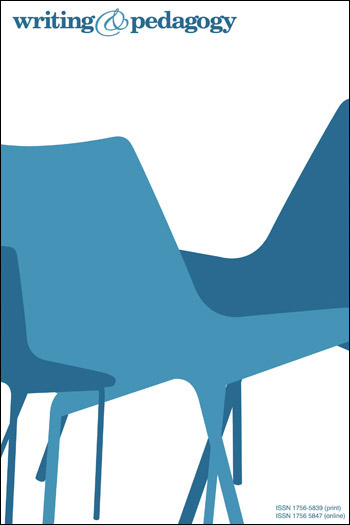Reviews
It is difficult to bring out the full semiotic potential of multimodal texts in the linear structure of a book, but Baldry and Thibault’s book succeeds magnificently. …The potential audience for this book and course is wide, spanning advanced undergraduates, lecturers and researchers in linguistics, media studies and related field, and media professionals: each group will come away with new insights.
Baal News, Autumn 2007
Multimodal Transcription and Text Analysis is an indispensable resource for the analysis and interpretation of multimodal texts as they unfold through time; the book develops a rich array of practical, theoretically principled and computationally enabled tools for deconstructing the interaction of verbiage, image and sound across registers including work on cartoons, web pages, textbooks and film. This is the single most important contribution to multimodal discourse analysis since O’Toole’s The Language of Displayed Art and Kress & van Leeuwen’s Reading Images created the field.
James R. Martin, Professor of Linguistics, Department of Linguistics, University of Sydney
After reading Multimodal Transcription and Text Analysis you will never look at texts monomodally, i.e. simply as texts, any longer. This book offers an excellent and comprehensive view and understanding of the ways our communication has changed in the age of Internet and other media and offers an extensive toolbox for analysing these integrated meanings in printed pages, web pages and films. The book encourages students and researchers as regards interdisciplinarity which is of vital importance when attempting to understand the complex communicative procedures used in today’s technological world.
Eija Ventola, Professor of English Philology, University of Helsinki
Multimodal Transcription and Text Analysis is a book that many of us have been looking for: a readable “how to” manual for analyzing images, websites, video and film, cartoons, magazine layouts, advertisements, textbooks, television programs, and computer games. Paul Thibault and Anthony Baldry strike just the right balance between rich examples and accessible explanations of the concepts that lie behind their practical methods. This book is, however, far more than a “how to” manual: it is a comprehensive introduction to the field of multimedia analysis.
from the Foreword by Professor Jay Lemke, University of Michigan








